Join More Than 50,000+ Subscribers and get latest camera news and rumors
NEW CAMERA VIDEOS ON YOUTUBE
|
By admin, on December 14th, 2023
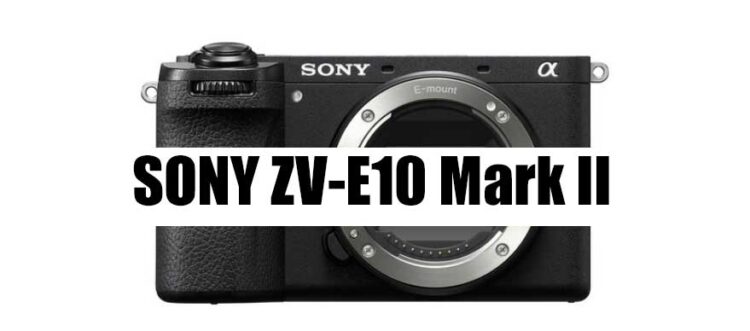
According to the latest set of rumors we have from the rumor mill, the Sony ZV-E10 Mark II camera will have the same 26-megapixel APS-C sensor that we have seen in the Sony A6700 camera. Most of the core specs of the A6700 camera will arrive in the successor of the ZV-E10, including a dedicated AI chip, and 4K recording up to 120fps. The only two things that we will miss in the Sony ZV-E10 Mark 2 are the sensor-shift image stabilization of the A6700 camera as well as the electronic viewfinder. But having this set of core specifications indicates it’s not coming in the same price range as the ZV-E10 camera for sure. It will have a higher price range as the ZV-E10 will remain in its position price-wise. So actually, there is no true successor to the Z10 camera coming right now.
- 26MP Exmor R APS-C BSI CMOS Sensor
- BIONZ XR Image Processor
- UHD 4K 120p / FHD 240p / 10-Bit 4:2:2
- Up to 11-fps Shooting, ISO 100-32000
- Real-Time Tracking AF for Stills & Video
- 759-Point Phase Detection, 93% Coverage
- S-Log3, S-Gamut3, S-Cinetone, User LUTs
- Internal Mic + Inputs, USB Streaming
- 3″ 1.03m-Dot Vari-Angle LCD Touchscreen
- Price $798 [Bodly Only] | $899 With 16-50mm Lens | $1199 Creator Kit (Wireless grip + Shotgun Mic) | $13999 with 10-20mm Lens
We will post more updates as soon as we get any.
Follow us on our social pages FACEBOOK | TWITTER | INSTAGRAM, If you have time –>see more Sony Alpha Rumor
By admin, on December 13th, 2023
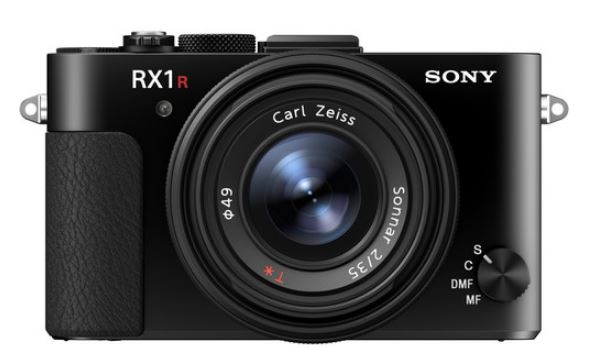
The Sony Cyber-Shot RX1R Mark II camera was discontinued on November 28th, 2018. and there has been a long gap since then. And after the huge success of the LEICA Q3 in the market Sony is now preparing to announce the true competitor of the Q3 camera, with their latest tech, take a look at the rumored specification of the upcoming camera
Sony RX1R Mark III – Core Specifications
- Sensor:
- 61 MP full-frame BSI stacked sensor (same as Sony A7R V).
- Lens:
- Fixed 35mm f/2 lens (same as previous RX1R models).
- AI Processing:
- Advanced AI Processing Unit for enhanced performance and features.
- Target Market:
- Direct competitor to the Leica Q3.
- Positioned as a more budget-friendly alternative.
- Announcement Timeline:
- Expected release in 2025.
We will post an update as soon as we get any new information.
Also, Sony Upcoming Cameras 2025 | see Best Lenses for Sony A7 IV
Follow us on our social pages FACEBOOK | TWITTER | INSTAGRAM, If you have time –>see more Sony Alpha Rumor.
This article was updated on 3:40 am, Monday, 6 January 2025 Greenwich Mean Time (GMT)
By admin, on December 13th, 2023
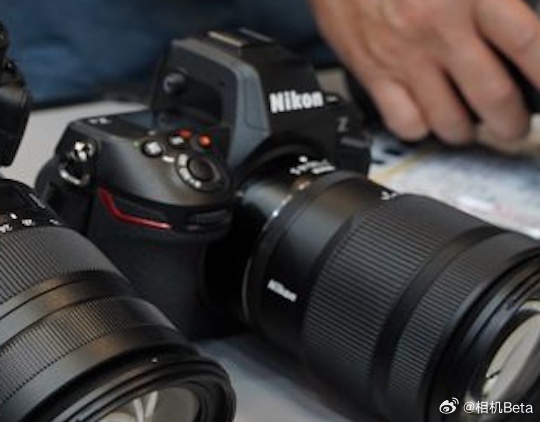
Finally some good news, According to the latest rumors, the Nikon Z6 Mark III camera is expected to arrive in Q1 of 2024. Let’s discuss the core specifications of the upcoming camera
Nikon Z6 III Specifications
- New 24.5 MP BSI sensor
- Better ergonomics compared to the Z6
- 6K ProRes RAW video support
- Pixel-shift IBIS as of Nikon Zf
- Vari–angle LCD screen
- Higher fps than Z6II
- Nikon Z8 or similar focusing system (previously reported here)
- Mechanical & electronic shutter
- Hybrid body design between the Z6 and Z8 (bigger than the current Z6/7 but smaller than the Z8)
We will post an update as soon as we get any new information
Follow us on our social pages FACEBOOK | TWITTER | INSTAGRAM to get live news + Nikon Rumors 24X7
source NR.com
By admin, on December 12th, 2023
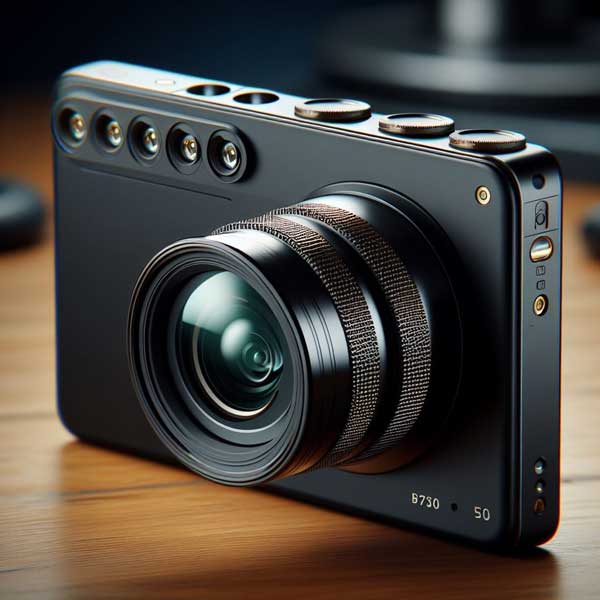
A new generation of Micro Four Thirds sensors is ready to arrive in the market, and it’s not from a single chip maker. The range starts from 100 megapixels to 44 megapixels, each of them boasting enormous resolution. As you can see, the Samsung-made sensor boasts the highest quantum efficiency. From my understanding, they are working on M4/3 format-based smartphones in their lab. Possibly in the next two to three years, we will have a new range of flagship camera phones with sensors that are 33% larger than the 1-inch sensors used in today’s smartphones. They will surely create more serious competition for APS-C & Fullframe Mirrorless cameras.
List of 4/3 Sensor ready for flagship smartphones of future
4/3-inch 108Mp 1.4μm Nonacell Full-pixel DPAF (new ISOCELL, optimized quantum efficiency)
4/3-inch 80Mp 1.65μm QuadBayer Full-pixel 2×2 OCL AF (IMX472 changed to Mipi interface, reducing digital layer power consumption)
4/3 inch 50Mp 2.1μm 4-Cell Full-pixel 2×2 OCL AF WDR (LOFIC TheiaCel)
4/3 inch 44Mp 2.25μm Mask-PD AF VDGS (Pregius S II)
Quantum Efficiency (QE) in a camera sensor refers to the effectiveness of an imaging device in converting incident photons into electrons.
Get LIVE RUMORS –> FACEBOOK | TWITTER | INSTAGRAM to get live camera news + Rumors 24X7
source E8M
By admin, on December 10th, 2023

We have the first autofocus lens from third-party lens maker Yongnuo, the first gen 85mm F1.8 Lens is listed in B&H Store. The Yongnuo YN85mm F1.8R DF DSM is a 2nd GEN Lens from Yongnuo. Of course, this lens is made without carrying approval (at least we hope so). They are not directly saying it’s made for EOS R mount (due to some anger issues, as we know what Canon did with Viltrox AF Lens a few months ago), but yes, they made it and are ready to sell (and they selling first gen lenses too on B&H Store). The lens is fully compatible with all the EOS R cameras of today (until the next firmware update arrives).
Yongnuo YN85mm F1.8R DF DSM second-generation lens specification
- Price: Available for 2599. | $364
- Mount: Multi-spec mount, compatible with EOS R series mirrorless cameras.
- Structure: Composed of 9 elements in 8 groups.
- Aperture Blades: Contains 7 aperture blades.
- Filter Interface: Has a 58mm filter interface.
- Minimum Focusing Distance: Can focus at a minimum distance of 0.8m.
- Size: The lens body size is 69*86mm.
- Weight: Weighs approximately 381 grams.
- Available from January 2024
Get LIVE RUMORS –> FACEBOOK | TWITTER | INSTAGRAM to get live news + Canon rumors 24X7
By admin, on December 10th, 2023
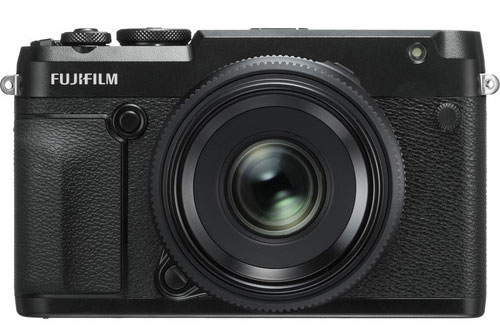
According to NYA / E8M Fuji GFX25 and GFX200 rumors are likely fake
I forgot to review the Fuji Weibo I posted at three in the morning.
I missed what I said in the group chat. The obsessions of GFX25 and GFX200 are probably fake. The biggest problem is the same: the supplier does not have such a sensor.
And for Fujifilm’s GFX lens group, it’s hard for me to believe that a dedicated video camera would use that motor to move.
Medium format must be a celebration of the machine. It would be outrageous not to pursue image quality. Except for focusing, everything else is just an add-on. Continuous shooting must be done without losing image quality.
The control of the GFX100 II is good, and the shoulder design is very pleasing. But the price for speed seems a bit meaningless.
I am more looking forward to a GFX100S II that has no video tax, good picture quality, and better focus than the GFX 100S.
But seriously, many of the additional video functions of the GFX100 II have unclear meanings. What is this Premista? It is better to have a built-in digital zoom for users to customize. It really makes me confused.
We have summarized the information here
- GFX25 and GFX200 rumors are likely fake: The author doubts the existence of GFX25 and GFX200 / or their arrival in 2024, because their supplier lacks the necessary sensor technology.
- GFX video camera motor questioned: The author finds it hard to believe that Fujifilm would use the current motor technology of lenses in a dedicated GFX video camera.
- Medium format should prioritize image quality: The E8M says that medium format cameras should primarily focus on image quality, with other secondary features like video. They believe continuous shooting shouldn’t compromise image quality.
- Hope for a GFX100S II with focus improvements: E8M Wish to see some AF improvements over the upcoming GFX100S II. also image quality without increase in cost due to intro of enhanced video features.
Thenewcamera.com Take: What I feel is that Fujirumor.com is strongly connected to Fuji personnel, so they get early hints about product development and announcements. At the same time, we do have information related to Sony’s 200MP medium format sensor, so the arrival of GFX 200 is expected without a doubt. Maybe not in 2024, but yes, we can expect it in 2025. The Fuji GFX 25 also looks fake to me, but if Fuji wants to make a more affordable medium format camera, they can do so. This step will attract more consumers as well as third parties.
Follow us on our social pages FACEBOOK | TWITTER | INSTAGRAM, –> See More Fuji Rumors Or subscribe to us via Email
By admin, on December 10th, 2023
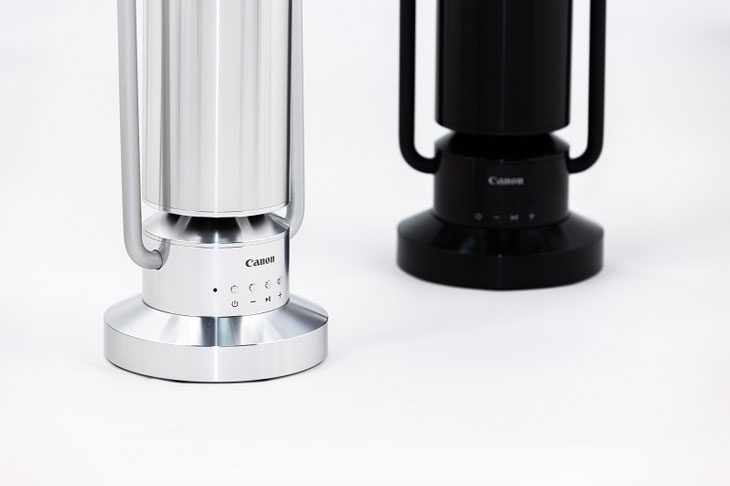
Back in 2020-2021, Sony started giving tough competition to Canon and Nikon by introducing their compact mirrorless cameras. At that time, Canon and Nikon were not so serious about mirrorless cameras. That’s why Canon introduced the EOS-M mount (limited to APS-C sensors), and Nikon introduced the Nikon 1 system, also known as the CX mount with a 1-inch sensor.
After 2018, things became more serious. Canon introduced a dedicated EOS R mount, and Nikon introduced the Nikon Z mount to keep themselves on the battlefield. They have finally stopped the production of DSLR cameras and their lenses.

Now, it’s time for Canon to take revenge. Canon is entering Sony’s territory by introducing a Bluetooth speaker with a light lamp. The design of Canon’s Bluetooth speakers + light lamp is unique.
Tough Competition to Sony – Sony LSPX-S3 Announced back on 2021
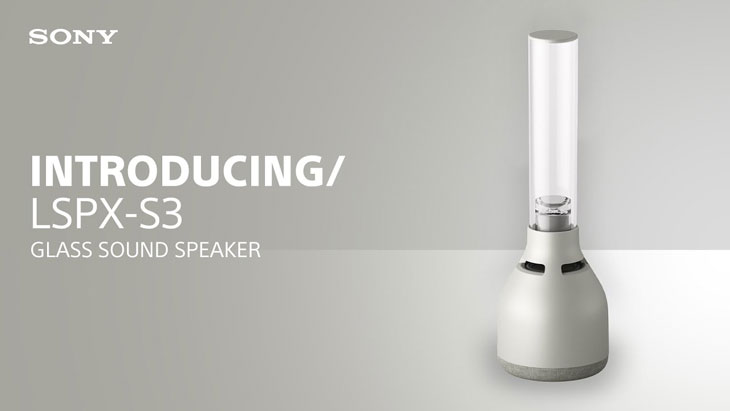
Source – Canoncn
|
KEEP THIS BLOG ALIVE - Support New Camera Buy Canon Lenses, Buy Music CD or Digital Camera at amazon it helps this site, and you do not pay anything extra, it is just a way to help support this site.

|














